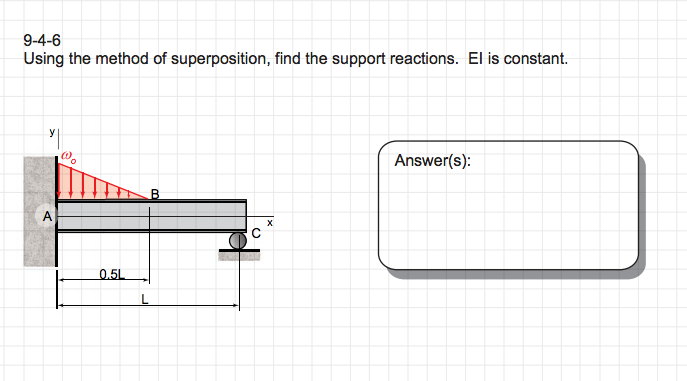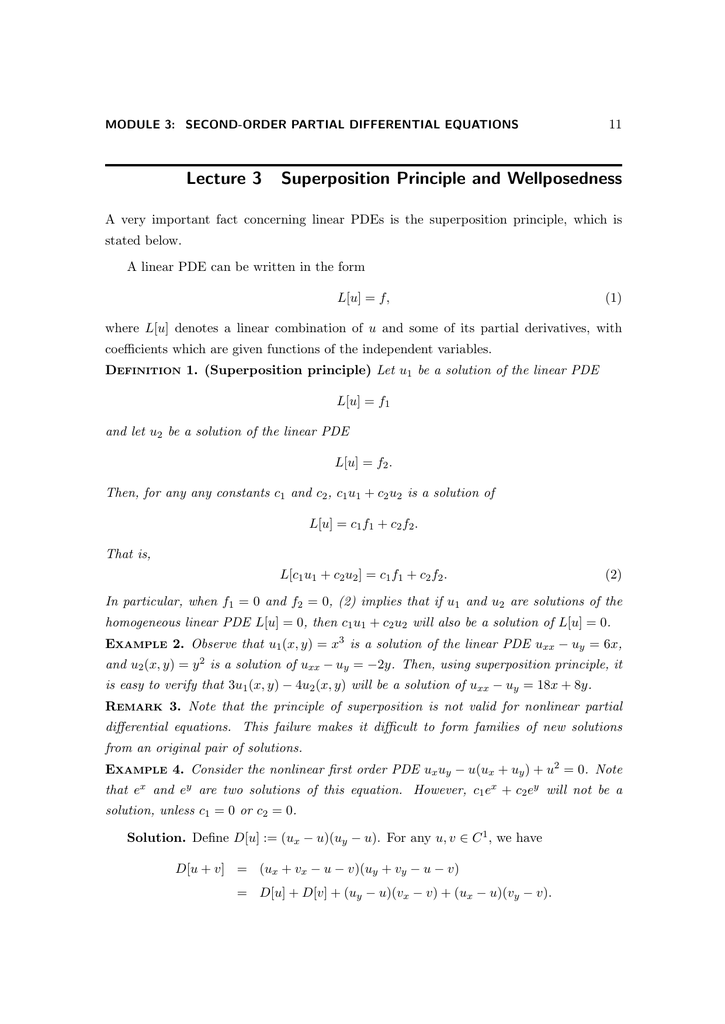
The order in which fossils associated with particular time periods appear and disappear in rock layers provides information about the ages of those strata. It also works the other way around: Fossils can be a key to determining the relative ages of sedimentary rocks. They dig through layers of sedimentary rocks to excavate fossils and are able to organize them chronologically by noting the strata in which they are found. Compare the electric flux through the surface of a cube of side length a that has a charge q at its center to the flux through a. Compare the electric fluxes crossing the two surfaces. The radius of the outer sphere is twice that of the inner one.

Paleontologists also use Steno’s principle of superposition. Two concentric spherical surfaces enclose a point charge q. It is also important to know that sedimentary rock layers may also be out of sequence if the layers have been changed-folding, intrusions, and crosscutting are just some methods that can alter the layers of rock. For convenience, we often define a Coulomb’s constant: ke 1 40 8. Note that in Coulomb’s law, the permittivity of vacuum is only part of the proportionality constant.

That means all those metamorphic rock layers could have formed at the same time, so the top layer may not be younger than the bottom layer. These units are required to give the force in Coulomb’s law the correct units of newtons. However, if the layers of rock are, for example, metamorphic, then the relative age of the layers can be very different because those layers developed not from deposition, but from the application of pressure. If the layers of rock are the result of sedimentation then you can assume that the layers were deposited bottom to top. It is, however, important to know that before applying the Law of Superposition, a geologist must determine how the layers formed. Using this principle, geologists were able to determine which rock layers were the oldest long before the technology existed to calculate the absolute ages of rocks. This now fundamental principle became known as the Law of Superposition, and it is considered a basic law of geology. That is when a Danish naturalist named Nichlaus Steno published his theory that older layers of sedimentary rocks are buried deeper in the planet than younger ones, which were laid down horizontally above the older strata. This seems like a simple and even obvious concept, but it was a new idea in 1669. Below are eleven others, in order, with the oldest issue-January-on the bottom and the youngest magazine-December-on top. Now when you look in the box, you will see only the December issue, which lies on top of the stack of magazines.

This continues, month after month, until December. When you complete the February magazine you place it on top of the January issue.

You read the January magazine and place it in a box when you are finished. Think about it like this: You have a magazine subscription and get one magazine in the mail every month. The oldest rock strata will be on the bottom and the youngest at the top. This principle states that layers of rock are superimposed, or laid down one on top of another. The temperature in a room is an example of a scalar field.The law of superposition is one of the principles of geology scientists use to determine the relative ages of rock strata, or layers. (The gravitational field is also a vector field.) In contrast, a field that has only a magnitude at every point is a scalar field. In addition, since the electric field is a vector quantity, the electric field is referred to as a vector field.


 0 kommentar(er)
0 kommentar(er)
